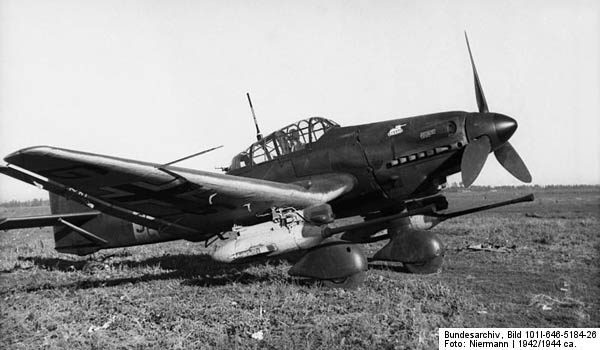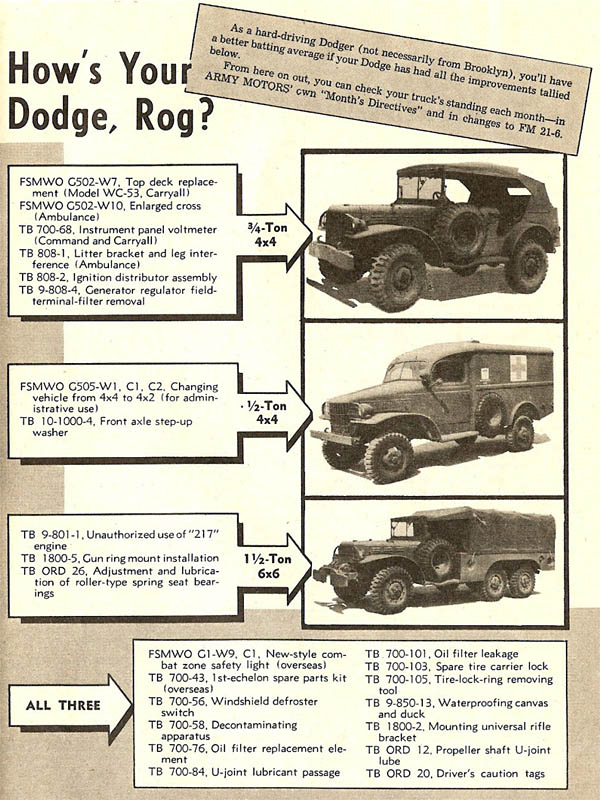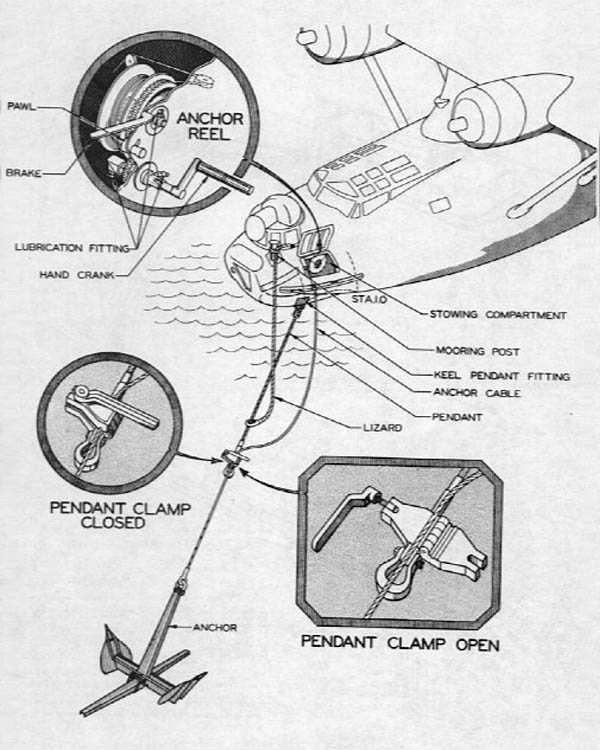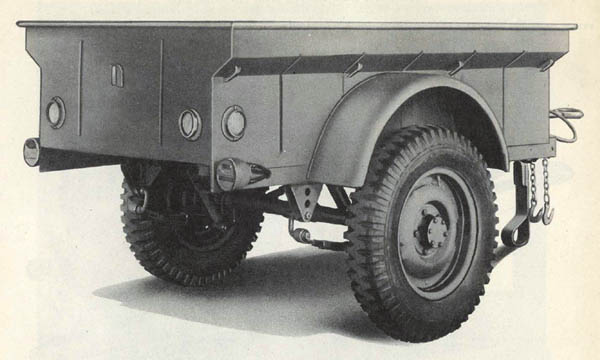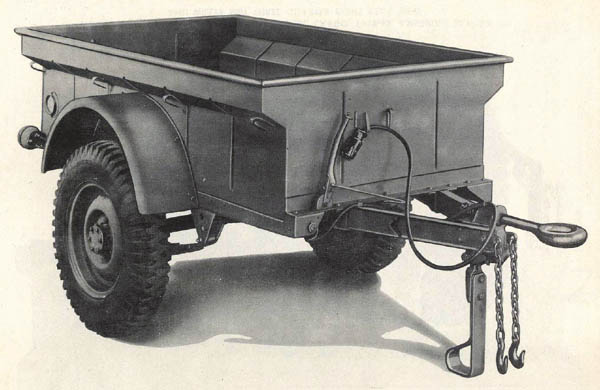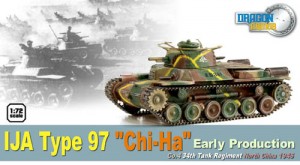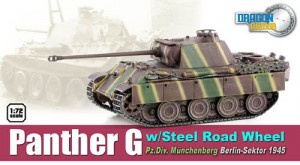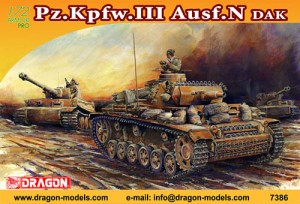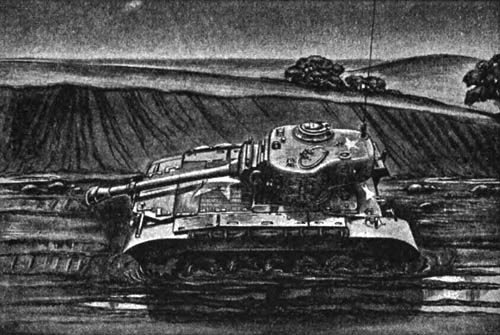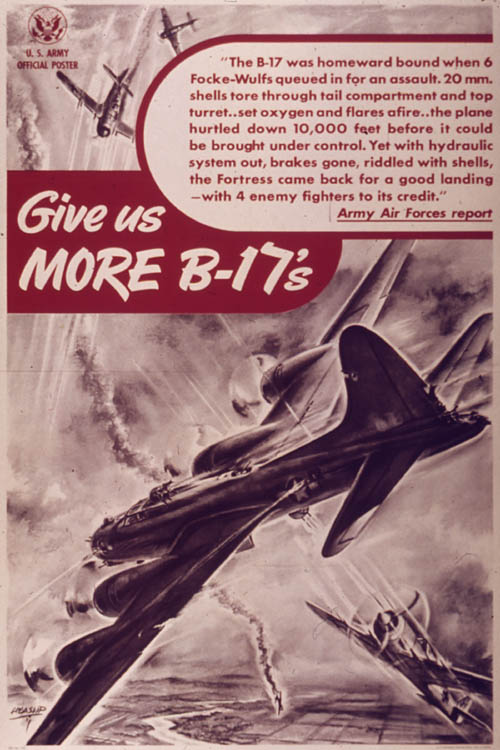The history of the bazooka from U.S. Rocket Ordnance: Development and Use in World War II, U.S. Joint Board on Scientific Information Policy, 1946.
Bazooka Versus Tank
Among the now-it-can-be-told weapons of the American rocket family, is the super-bazooka, bigger and better version of the foot-soldier’s famed tank-buster.
By their surrender, the Germans and Japs missed feeling the impact of a rocket which travels at almost twice the speed and carries double the explosive payload of the standard bazooka projectile; which has an effective range of as much as 700 yards, instead of the 200 to 300 yards of the regular bazooka; and which can function safely through a considerably wider temperature range, thus affording greatly increased protection against the dangers of motor explosion and blast. Though the super-bazooka retains the 2.36-inch diameter of the original bazooka, and is fired from the same launcher, it is propelled by a larger motor, and its heavier explosive charge can penetrate thicker armor plate.
Another development of the original bazooka-still secret at the war’s end-is a super-powered rocket of 3.5 inches in diameter with greatly increased power to penetrate armor plate and reinforced concrete.
The super-bazooka was the joint product of Section H, which produced the design for the motor, and Division 8 of NDRC, which developed the far more powerful head. The 3.5-inch rocket was designed by the Army Ordnance Department.
Bazooka Development
To arm United States infantry to fight tanks on more nearly equal terms, the Army Ordnance Department, in early 1941, had under development a rifle grenade, carrying a “shaped charge” of high explosive. A cone-shaped cup hollowed in the front face of the explosive filling focussed the blast energy into a narrow beam of great penetrating power.
These rifle grenades had too much recoil for field use as a shoulder weapon. Recoilless rocket propulsion was suggested, tried, and adopted. Colonel Skinner, then an Ordnance Department major, and Lt. (now Major) E. G. Uhl, with Section H at Indian Head, undertook the development of a suitable rocket motor.
Following unsuccessful attempts to launch these rocket grenades from attachments to the service rifle, it was concluded that a separate launcher would be required.
To protect the gunner from the rocket blast, the launching tube had to be longer than the maximum burning distance of the rocket motor. To be portable and easily aimed from the shoulder, the launcher, and hence the burning distance, had to be short. By the use of a charge of several thin-web tubular grains of solvent extruded powder in a motor about an inch in diameter, the burning distance was made short enough for a 54-inch launcher, soon dubbed “the bazooka.”

